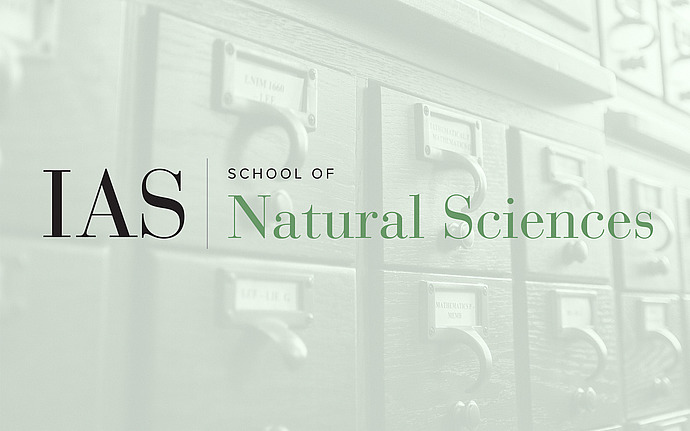
Institute for Advanced Study / Princeton University Joint Astrophysics Colloquium
New views of planetary and brown dwarf atmospheric physics and chemistry with JWST
JWST has enabled high-fidelity infrared spectroscopy for a wide range of transiting planets, directly imaged planets, and brown dwarfs. In the past year, for transiting planets, observers have detected several molecules for the first time in an exoplanet. In this talk I will describe observations of several planets from the MANATEE collaboration, which focuses on Jupiter- and Neptune-class planets in a new temperature regime, below 1000 K, where a range of chemical transitions are expected to occur. These new observations require a range of new modeling efforts, and in my work I seek to make connections between a diverse range of atmospheres. These impressive observations enable us to break new ground on previously highly uncertain atmospheric process. These include the physics of mixing in (isolated) brown dwarfs and in (strongly irradiated) transiting planets, as well as the role of the atmosphere/interior connection, far below the visible atmosphere, in helping to dictate visible atmospheric abundances.